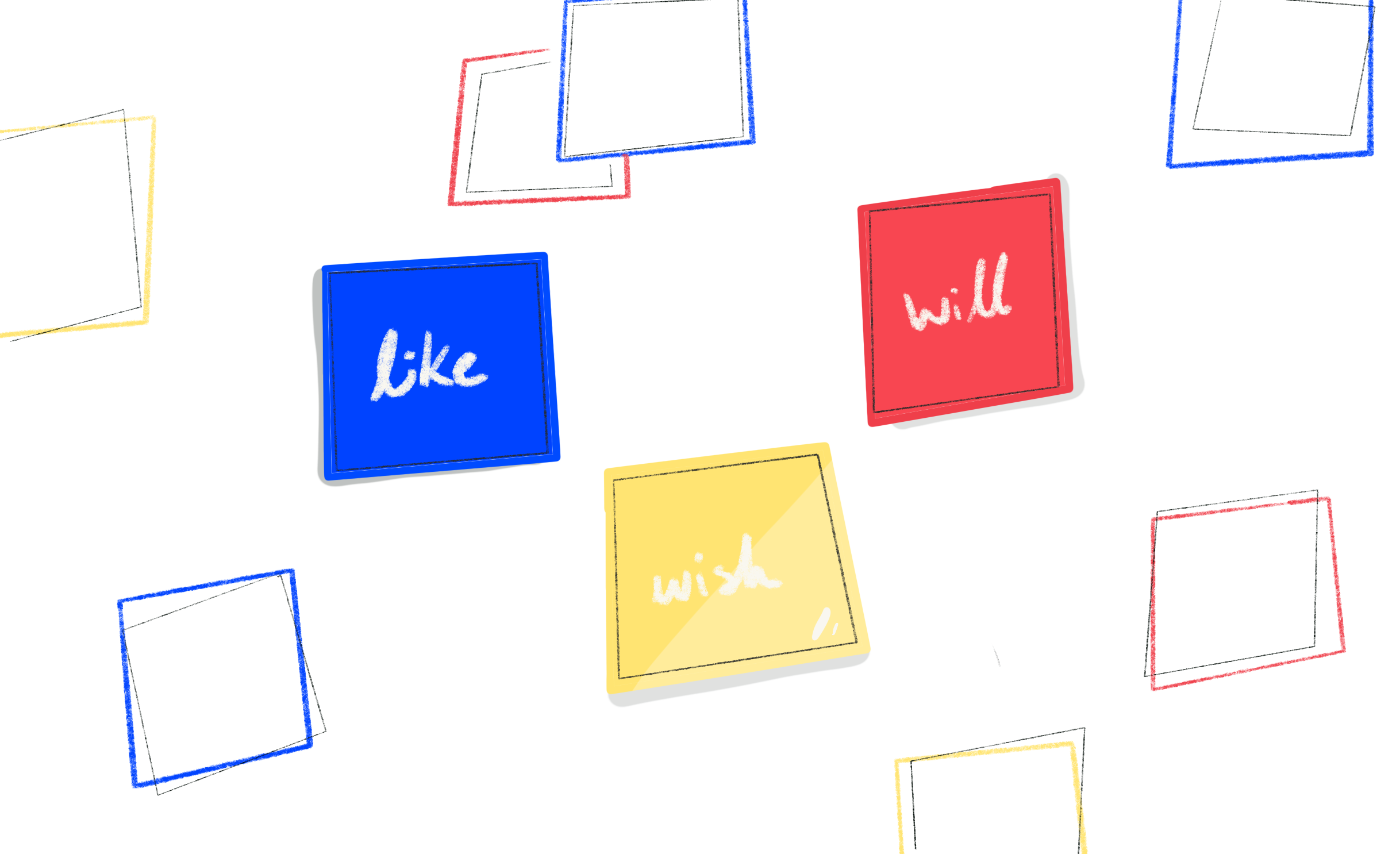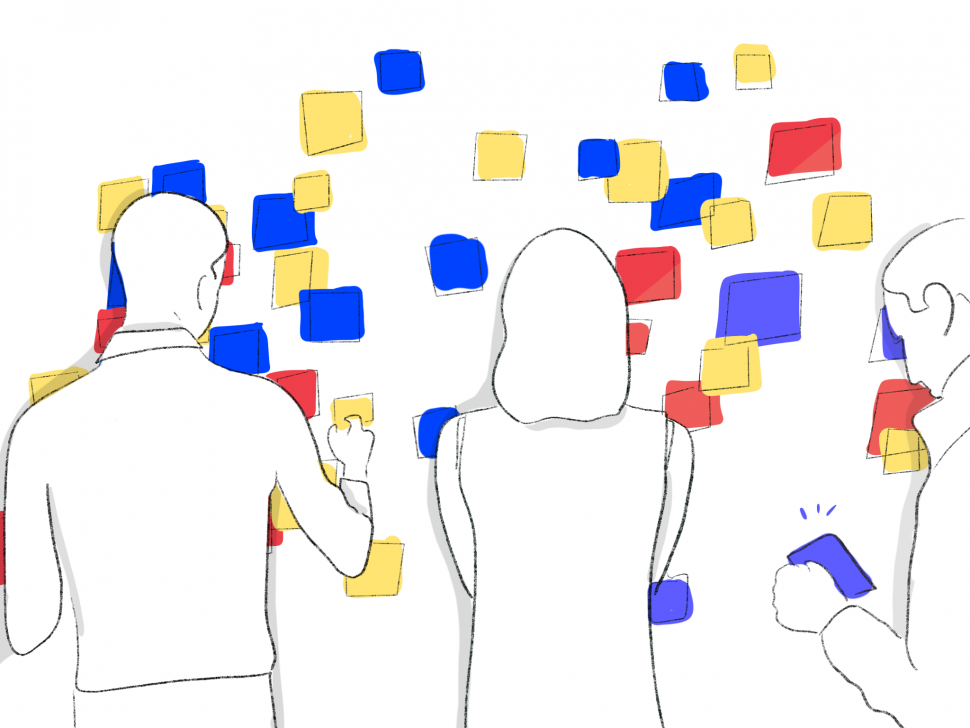
How to Facilitate an Effective Retro
Does your product development team do a weekly retrospective? At Carbon Five, we think it’s the most important meeting of the week. Here are some tactical suggestions for facilitating a retro, so your team understands their challenges, celebrates their successes, and comes away with an actionable to-do list.
Why are we doing a retro in the first place?
When PMs get busy, retros are often the first meetings they skip. This is a total shame. Here are the benefits of doing a retro:
- The team can identify their challenges. Sure, talking about what’s wrong can be cathartic in and of itself. But once you’ve named the issue, you can start to solve it.
- Team members can propose their own incremental, experimental solutions. We don’t need to solve all the company’s problems in our retro. We also don’t need to wait until the higher-ups tell us how to fix a problem they may not understand. Our team can come up with manageable, iterative things to try out over the next week.
- Team members can share their recent successes. Retros are not about whining about what’s bad. We all feel good when we experience regular achievement and success — even small wins — and we feel even better when we share these wins with others.
- Team members can show gratitude for their teammates. Scientifically proven to make everyone feel good. Try it!
Materials you’ll need
Paper version:
- Post-it notes
- Pens
- Wall or table to stick the stickies
Digital version:
- Stickies.io – Carbon Five created a web app to help us do retros with our clients, particularly in situations when people are remote. It’s free!

The step-by-step
- Each person has 3 minutes to write their reflections on the past week.
- For things that went well this week, start statements with “I like”.
- For things that did not go well, start statements with “I wish”. This prompts you to frame the problem as a solution, rather than letting you get bogged down in frustration.
- For questions or concerns, start statements with “I wonder”.
- Go around the room: each person reads their stickies out loud to the group.
- Cluster the stickies by topic. Example topics: “Yay team!”, “Communication”, “Our process”. One person can take the lead on sorting the stickies, others can help.
- Together, the group writes “we will” stickies. These stickies are directives for what the team will do during the week, to improve the issues the team has surfaced. What makes a good “we will”? Read on.
- Start the next retro by reviewing the prior week’s “we wills”.
What makes a good “we will”?
Good “we wills” are:
- Not about blame.
- Contributed by all individuals on the team, not only the team lead. To prompt everyone to suggest “we wills”, ask open-ended questions like “How might we work in this?” or “What are some things we can try?”
- Actionable. Think of it as a to-do.
- Able to be completed within a week. We’re going for incremental improvement here, not a total overhaul. If there is a timeline for completing the “we will”, make that clear.
- Experimental. Try out a new process or tool. You don’t have to commit to it forever, you can start with just one week.
- Not too numerous. Ideally, the team can do all the “we wills” in the coming week. Three is a good number.
- Assigned to a specific person, if needed. Some “we wills” apply to the whole team, for example, if you’re changing a team process or trying to shift the team culture: “We will ask each other more questions”. Other “we wills” need to be completed by a specific team member.
Help the team follow through
You may find that people aren’t actually doing the “we wills”. Shocking, I know. Here’s how to encourage people to do the thing:
- Post a link to the “we wills” in Slack at the start of the week.
- If you’re using Stickies, you can share a link to the board. If you’re using pieces of paper, type up the “we wills” in Google Docs, Confluence, etc, so you have a record and you can share it.
- Put the “we wills” in your task management tool. Assign to specific individuals as needed.
- Start the next retro by reviewing the “we wills” from last week. What’s our progress on this one? What about this one? If you haven’t done it yet, decide if you want to carry it forward for next week or declare that it isn’t important anymore.

Everyone takes a turn as facilitator
Have a different team member facilitate retro each week. That way, everyone can share ownership for improving how the team works together.
What’s a good cadence for a retro?
- When should you hold a retro? Retros are a time to reflect. Hold a retro at the end of a sprint or at the end of the week. Hold a retro after your team demos what they have accomplished so they can reflect on that process.
- How often should you schedule them? The best cadence for your retro will depend on your team. We like weekly retros, so there is a frequent opportunity to address challenges before they grow. If a team is humming along, you may need a retro every other week. Once per month is too infrequent; there’s too much time for unresolved issues to fester.
- How long should a retro last? It depends on the size of the team and the depth of discussion you desire. Start with 45 minutes. If you find you need more time, schedule the next one for an hour. If it takes less time, finish early.
- When is it okay to cancel a retro? Almost never. If everyone is busy and it feels like there is no time, you need that retro even more. A retro is an opportunity to de-stress, and an opportunity to find out how your team can function more efficiently. If things are going well, a retro is still a good use of time: there is always room for improvement.
Use retros to build psychological safety on your team
A regular retro creates an emotionally safe space for your team.
Retros should not be about blame. Don’t confuse a retro with an incident postmortem, where the goal is to figure out what went wrong. Postmortems are valuable, but they deserve a separate meeting.
I am amazed at how using the language “I like”, “I wish”, and “I wonder” elevates the group’s mood. These words are inherently non-confrontational. Starting a sentence with “I wish” transforms you into an optimist, and you start thinking of solutions. Starting a sentence with “I wonder” prompts you to get curious.
Retros are an opportunity for people to bring up tough issues, ask their team members for help, and express appreciation for each other. Together, these actions build psychological safety. Retros also make people feel better. They diffuse interpersonal tensions. Teammates realize other people share their concerns and their commitment to making things better. Retros can be cathartic mini group therapy sessions.
What are your favorite ways to get the most out of your team’s retro? I’d love to hear them! Send a note below.
Illustrations by Lo Wheelwright.